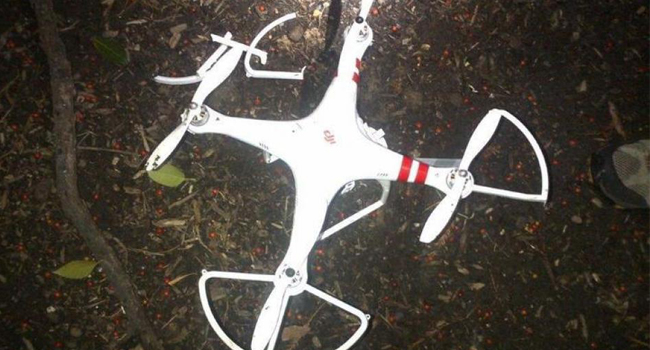
Obama Responds to White House Drone Security Breach
So, ready for a little drone trivia? Can you name the 8 places in America where drones can NOT be flown? (Answers at the end of article.)
Yesterday, my colleague Matt Holden, associate content editor with Security Today, discussed the two-foot, quad copter drone being found in the middle of the night in a White House tree just after 3 a.m. After the White House going into lockdown, the drone operator stepped forward, trying to convince investigators that this breach of presidential security was an innocent mistake.
President Obama responded to this harmless crash with urgency from India, stating that it’s time the U.S. updates its laws to manage commercial and consumer drones, even though Obama’s own administration has lagged on this issue.
As the civilian use of drones rises and unmanned craft become cheaper, both Congress and the drone industry at-large have pressed for rules and clarification. Even the FAA has been pressed by Congress and was supposed to release proposed rules for small drones by the end of 2014, but this is now dragging into 2015.
For now, the rules for small drones are:
- Keep them under 400 feet in altitude;
- Stay 5 miles away from an airport;
- Always keep the drone in sight of the pilot; and
- Do not fly in highly-populated areas.
Answers to drone trivia:
- All of Washington, D.C. – nation’s capital is a permanent no-fly zone.
- Airports – drones are banned within 5 miles of airports.
- Stadiums – if it can hold 30,000 or more people, drones are not welcome within 1 mile.
- Alaska, Montana and Colorado – using drones for hunting in these states is considered cheating.
- Near military bases – near meaning, don’t even try it.
- Florida police officers – not allowed to fly drones.
- National parks – although it makes for awesome pics for your Instagram, drones can harm wildlife and nature.
Update: I just read that the man who crashed the drone at the White House was a still-unidentified, government employee who had been drinking. Apparently the man reported that he had a feeling the drone might have touched White House grounds, but he went home to sleep.
(Image courtesy of Newsweek.com.)